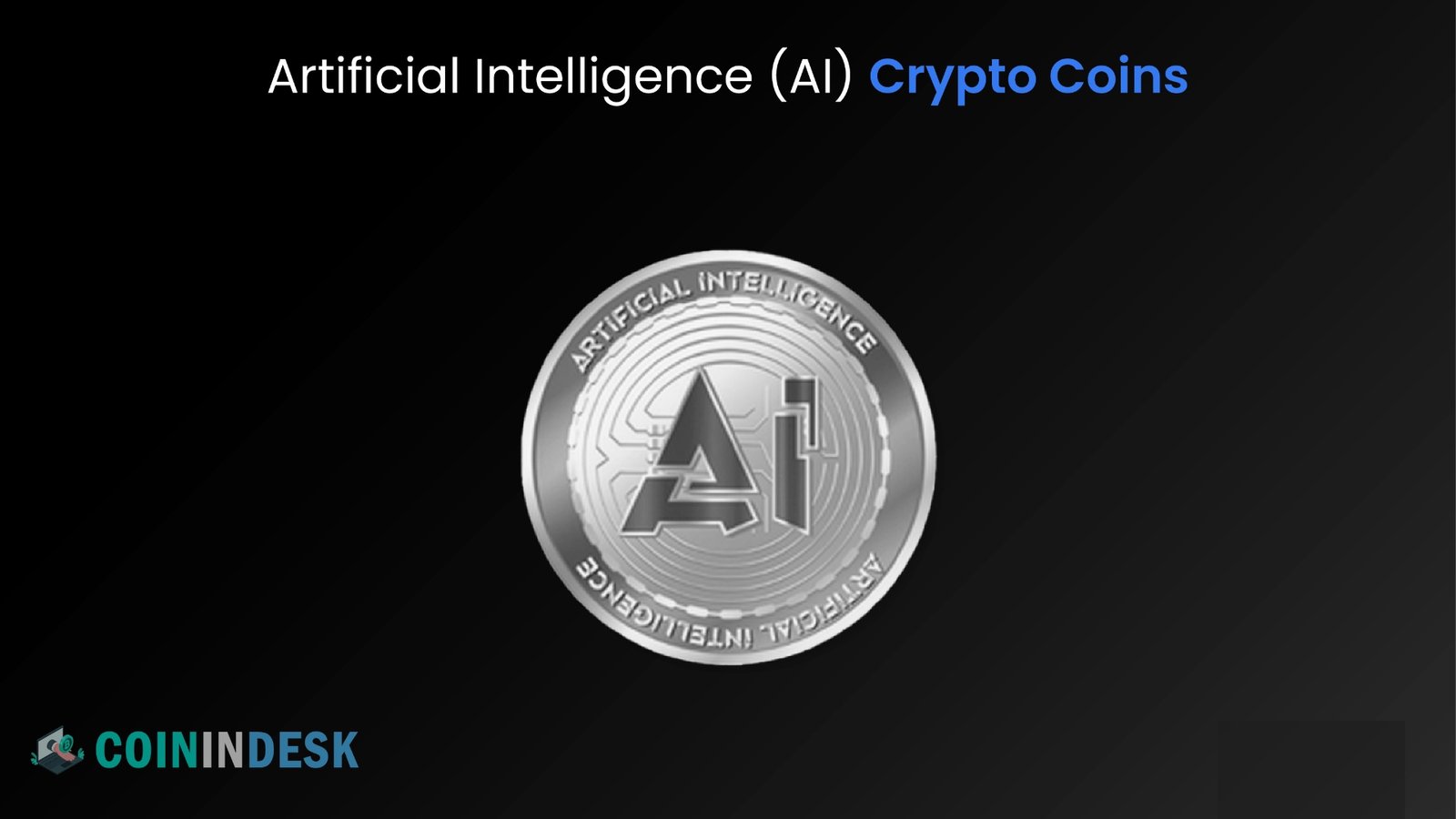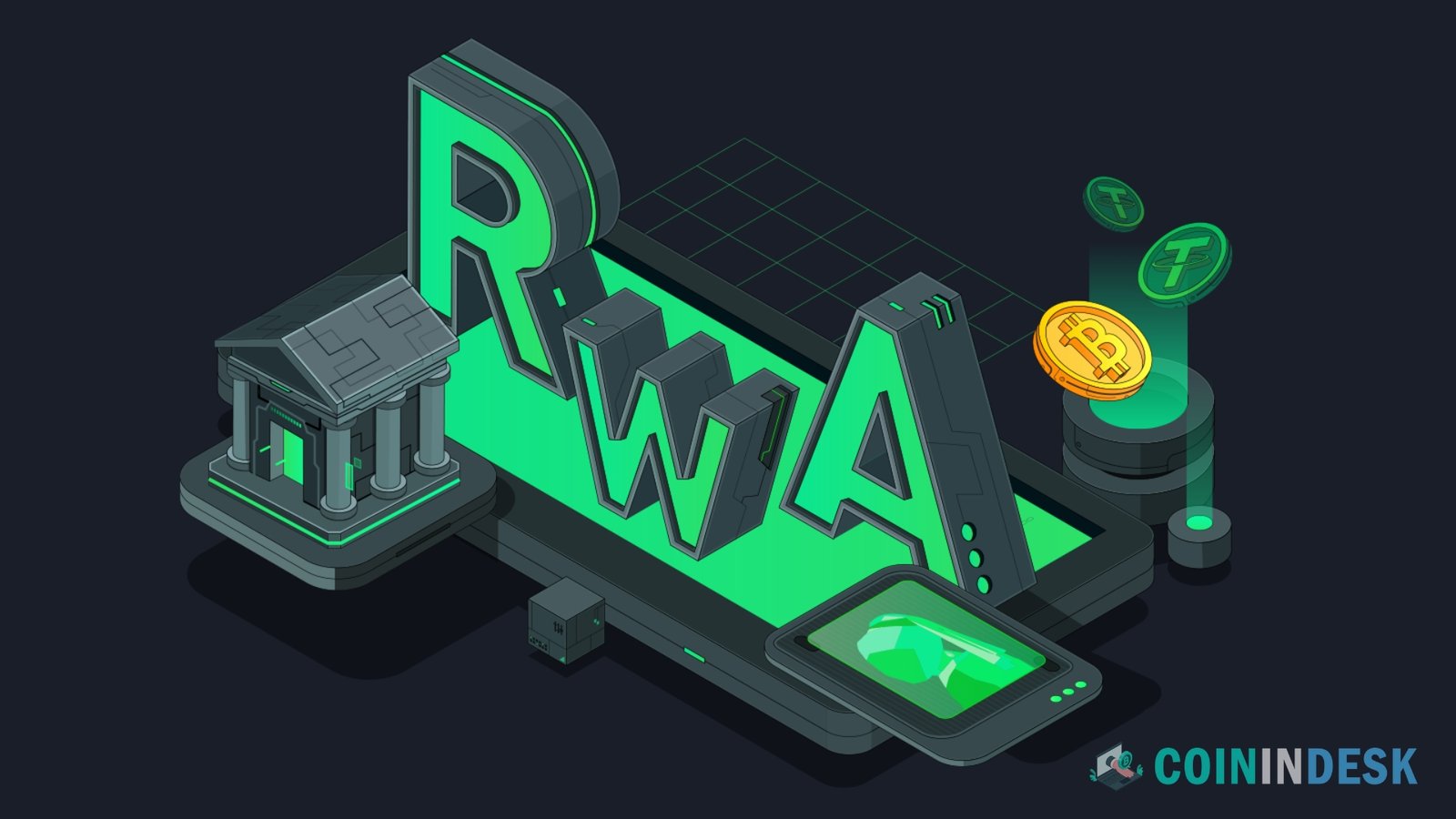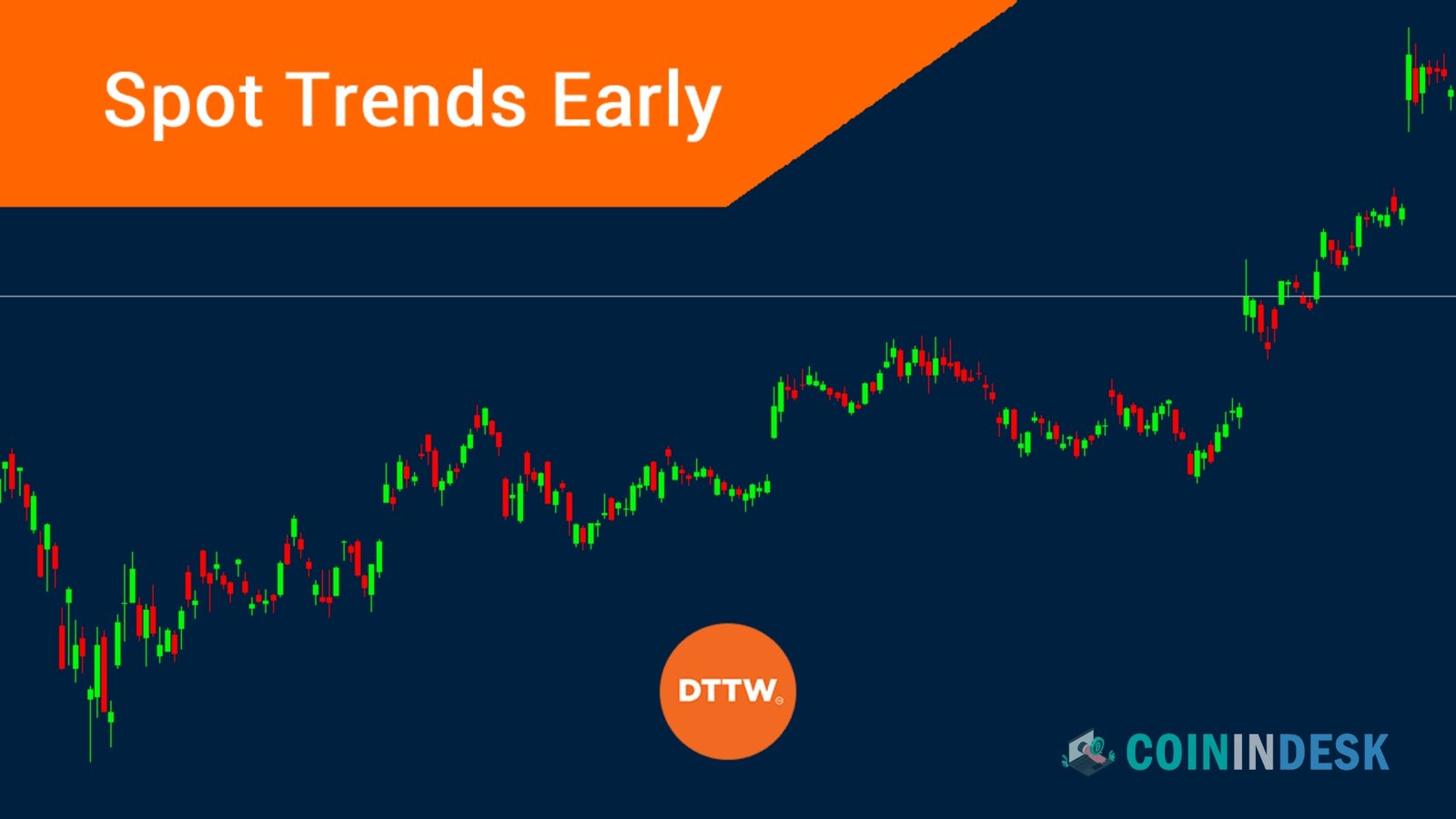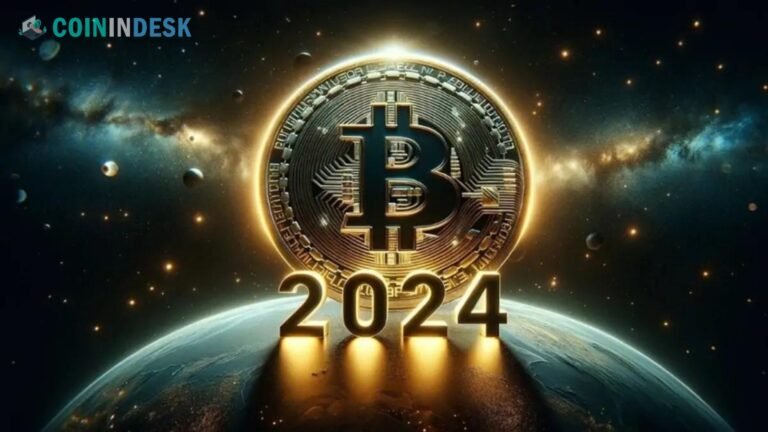Crypto Market Trends. Even though the cryptocurrency sector is one of the most creative in the world, keeping up with the latest trends can be a bit of a challenge. With the addition of each new block to the blockchain, what’s popular can suddenly become old news. Here, we will look at the most recent trends in the cryptocurrency market to help you identify the finest chances.
With soaring meme currencies on L2 networks, we will travel to the moon and explore the intersection of artificial intelligence and cryptocurrency. Additionally, we will investigate the current state of the market for decentralized blockchain apps that integrate traditional assets with digital ones. Let’s see what the future holds for the cryptocurrency market.
The Biggest Crypto Market Trends in 2024
The first widespread use of decentralized digital currency transactions occurred with Bitcoin. Ethereum demonstrated the computational power of smart contracts. New jargon like dePIN, restaking, and CBDCs are part of the Crypto Market Trends, expanding upon the tried-and-true blockchain technology that first appeared over a decade ago. Many of these new fads are trying to figure out how to integrate blockchain technology into regular life.
DePIN
In case you’ve never heard of it, the decentralized Physical Infrastructure Network is what “dePIN” stands for. In a nutshell, it’s the term for the common infrastructure services that blockchain users have access to. Using DePIN is like putting your hardware to work; it lets other people in when they need it.
Allow me to illustrate that with a few instances.
- Filecoin: Using people’s local storage to build a crypto-powered cloud, the Filecoin project offers a decentralized alternative to cloud storage giants like Amazon and Google. In the same way that cloud service companies charge a monthly fee, Filecoin enables independent providers to generate passive money by hosting.
- Arweave: Arweave provides decentralized file storage, similar to Filecoin. For a one-time cost, the protocol enables permanent storage and the development of apps that use this data.
- Helium: The first high-profile DePIN project was the Helium project. Helium users can connect to WiFi hotspots that other network users have provided. Internet of Things (IoT) gadgets, smartphones, and tablets are connected to the Internet by providers, also known as miners.
- Render: The Render protocol utilizes unused graphics processing units (GPUs) through an incentive network. Artistic and artificial intelligence applications provide creators and businesses with on-demand access.
- Hivemapper: Vehicles with dashcams record important information about the roads. Using this data, Hivemapper users can earn HONEY tokens. While some opt to train AI systems with the data, others utilize the Hivemapper app to disseminate up-to-the-minute traffic updates. Contributions to Hivemapper’s map in specific densely populated areas can earn users additional incentives. Because of Solana’s large user base and low transaction fees, numerous dePIN projects have either started or relocated there.
AI Coins
Looking at what is popular in more established industries, like AI, is helpful for forecasting Crypto Market Trends. Statista estimates that the artificial intelligence market can reach over $800 billion by 2030. Blockchains and protocols ideal for data storage and analysis are a natural outgrowth of the AI hype. Projects like Render impact both dePIN and AI; thus, there’s some overlap in this area as well.
Let me list some of the top AI cryptocurrencies and projects.
- Near: The Near protocol is making a name for itself in user-owned AI. The project originated from an AI startup and now targets individual AI assistants optimized to each user’s needs.
- Render: With some crossover from the dePIN space, Render is also an AI play. Bullish RNDR investors point to Render’s role in digital art creation, including the possibility of AI-generated art.
- Artificial Superintelligence Alliance: The ASI token combines three leading AI blockchain tokens (SingularityNET, Fetch.ai, and Ocean Protocol) in a two-stage process.
- Injective: The Cosmos-based Injective blockchain uses AI elements in decentralized finance (DeFi) transactions, targeting the finance industry. The blockchain also supports AI-based trading, making it a popular speculative investment in the AI crypto space.
- The Graph: Built as a tool for data-driven dApps, The Graph indexes data stored on blockchains and is often described as the Google of blockchain. The project announced plans to add AI-assisted queries using large language models.
- Theta: As another dePIN crossover, the Theta Network enables CPU/GPU sharing for AI and video projects.
- Oasis: dePin crossovers are common in the AI space. Oasis gives users access to AI models, from image generation to chat assistants. On the dePIN front, a growing army of individual providers can earn OAI tokens by providing computing resources for the network.
- Internet Computer: The Internet Computer chain invites users to run their AI models on-chain. To go further, Internet computers can run AI models within a smart contract.
Layer-2 Meme Coins
Trends in the cryptocurrency market recently have also shown the community’s lighter side. Once again, meme coins have made a glorious return. Layer-2 (L2) networks are what you should be keeping an eye on at the moment. Layer-2 networks, such as Base, offer lower transaction costs, making them a better choice for fast swaps or rapid-fire transactions than Ethereum, where trading meme currencies can be expensive.
Popular meme coins on Base now have market valuations comparable to smaller blockchains. Brett on Base’s market cap is $1.6 billion. Even though Brett’s size and gains are far ahead of the competition, memes on Base and other L2 networks are making (and sometimes losing) a lot of money.
Even though more and more meme traders are flocking to Base, you should still explore other options. The Degen chain functions as a Layer-3 on Base by bringing a pittance in transaction fees. Meme currencies are the main focus of various decentralized exchanges on Degen.
Other potential L2 chains that could serve as centers for meme currency merchants include Pepe Unchained (a prelaunch) and Shibarium, derived from the Shiba Inu meme coin. Avoid rug pulls at all costs; L2 and L3 chains make meme trading economical. To protect yourself from losing money to harmful tokens and shady developers, tools like Tokensniffer and rug scanners like Rug Patrol are indispensable.
RWA (Real-World Assets)
Numerous blockchain initiatives are vying for the attention of both individual and institutional investors, and this competition has already begun to tokenize real-world assets (RWAs). Almost any asset, from property to government bonds, can be tokenized on the blockchain. This method opens up the market to investors of all sizes and permits permissionless ownership.
Here, we will review a few of the top RWA crypto projects.
- Ethereum: BlackRock launched the BlackRock USD Institutional Liquidity Fund (BUIDL) on the Ethereum blockchain. The fund’s assets under management grew from $375 million in April 2024 to nearly half a billion dollars by June 2024. The on-chain money market fund focuses on US treasuries.
- Chainlink: The Chainlink protocol is best known as a data provider but has its sights set on RWAs. The team plans to link all on-chain markets using an open standard, allowing cross-chain transactions and collateralization of real-world assets regardless of which blockchain they utilize.
- XRP: Although popularized as a settlement currency for cross-border transactions, XRP Ledger supports any compatible token. This makes XRP a potential play for tokenized real-world assets. Ripple’s deep connections to global financial service providers could benefit RWA’s adoption on the chain.
- Polymesh: The Polymesh protocol allows programmable RWA tokens that handle complex compliance rules. The protocol can settle transactions without using smart contracts to define the assets. Use cases range from fractionalized real estate to profit sharing.
- Algorand: Several specialized platforms on the Algorand platform provide tokenized RWA, with Agrotoken being one of the most prominent. The platform allows farmers to tokenize their grain to monetize the crop instantly.
- Ondo: The Ondo platform offers tokenized treasuries, a tokenized USD yield fund, and on-chain lending and borrowing.
Central Bank Digital Currencies (CBDCs)
Despite privacy, security, and censorship worries, CBDCs have made it to many regions across the globe. Already, 130 nations are considering the introduction of a CBDC, and three more—Nigeria, Jamaica, and the Bahamas—have adopted CBDCs. Although CBDCs do not yet provide an investment opportunity, they may influence trade and signal a future trend in digital assets.
PolitiFi
Returning to meme coins, PolitiFi tokens are the subject of intense speculation among altcoins. Meme coins featuring prominent political leaders like Biden and Trump are a subset of this larger genre. Some poke fun at political figures or ideologies with a lighthearted tone, while others provide a powerful leadership image.
Down below, we’ve included a few reader favorites.
- ConstitutionDAO (PEOPLE): $459,926,279 market cap
- Trump (MAGA): $365,129,558 market cap
- MAGA Hat (MAGA): $137,136,612 market cap
- Joe Boden (BODEN): $105,509,991 market cap
Like all meme cryptocurrencies, PolitiFi tokens undergo high price fluctuation. When one coin does well, it might lead to many imitators (and rug pulls). Before you acquire, ensure the addresses in the contracts are correct and look into the currency extensively.
According to many, the US election season and beyond may not be the end for the PolitiFi coin craze. Centralized exchanges like Binance include some of the top PolitiFi tokens for trading, but most people use Dexscreener or Dextools to trade and discover meme tokens.
Restaking
When crypto assets are staked, they are locked in a smart contract and used to help secure a blockchain. For example, stakers were able to pledge ETH tokens to aid in transaction validation when the Ethereum blockchain switched to proof of stake. A validator node can use staking as collateral in a loan. In return, stakers receive a return in cryptocurrencies.
Lido is one of the well-known protocols that now supports liquid staking. Staking Ethereum, for instance, will reward you with a new token equal to the amount of ETH you staked, in addition to a little yield.
You can earn yield twice with these liquid staking tokens by staking them again through restaking. But slashing is twice as likely when you stake on two chains. To protect multiple networks, protocols such as EigenLayer can use staking, which results in exceptional yields.
Although EigenLayer has the highest total value locked (TVL), several rival protocols have capabilities similar to EigenLayer’s. Among them are Puffer Finance, EtherFi, Pendle, and Restake Finance.
What are Crypto Market Trends?
Simply put, crypto market trends are shifts in focus that help fund innovative technologies or, as is the case with meme coins, lighten the mood around crypto. A number of developments since Bitcoin’s inception in 2009 have altered our use of crypto and the destinations of investment capital. The birth of Ethereum and the advent of smart contracts prompted massive investments in Ethereum tokens and applications built on the Ethereum platform, even if Bitcoin’s strength has not diminished.
We’ve come a long way since the beginning of crypto, and current market trends reflect that. L2 networks and multiple Layer-1 networks, ideal for AI or dePIN applications, are becoming part of the mix.
Capital is also moving to these trending areas, even if the market as a whole is increasing. Familiarity with these emerging areas can help you construct a crypto portfolio well-suited to your investing goals. There is a risk in pursuing technology that is not yet fully understood. Dedicate some time to mastering the art of crypto trend spotting and opportunity analysis.
How to Spot Crypto Market Trends Early
You can discover trends outside the crypto sphere by watching social media for buzzwords. For instance, artificial intelligence (AI) was all the rage before its impact on cryptocurrency markets. Several methods for spotting emerging patterns in the cryptocurrency market are detailed below.
Stay Informed
Staying up-to-date with market news can greatly enhance your ability to identify trends. You probably won’t be able to discover the next great idea by reading an article once every several months. If you’re really lucky, you might discover a trend before anybody else and use it as a way out when the market shifts to the next trend. Using protocols and keeping up with breaking news from competent sources can help you become a crypto native.
Engage on X
Few platforms can match the depth of information found on Twitter regarding cryptocurrency. Put your biases aside and find some educated people to follow. Twitter accounts specializing in cryptocurrency often better grasp market trends than those with careers traditionally tied to the sector.
Do your study, though, and use what you’ve learned. For individuals looking to promote their bags, social media offers a platform. Check that your investment objectives are compatible with any patterns you come across.
Use Market Analytics Tools
The blockchain stores practically every data you may need to spot patterns. Among other things, DeFiLlama organizes the most popular protocols by kind. Next, drilling down lets you compare TVL growth to other industries or protocols. The website also offers a CSV download if you’d prefer to examine the data in a spreadsheet.
Other programs, such as TokenTerminal or Messari, can help you discover expanding areas of the cryptocurrency market. Another option is to research the earnings of individual protocols within a given industry. Messari also offers comprehensive market reports.
Sites such as GeckoTerminal and Dexscreener offer categories for popular tokens, including meme coins. Analyze these and try to spot trends. The next step is to investigate possible investments before you take any action.
Utilise search tools that focus on keywords. The most popular search engine already has a good idea of the current state of the cryptocurrency industry. Nevertheless, a straightforward Google search may not yield the desired results. You should check out Google Trends if you want to know what people are looking for on Google. You can also find relevant search results for your projects in the linked search section at the bottom of the trend analysis.
Conclusion
It takes some reading up on the subject to figure out how to recognize crypto trends. You can use it to join the crypto community as well. Staying vigilant so you can act on trends earlier increases the possibility that you will be the last one at the party, therefore it’s best to avoid occasional dabbling. Meme currencies, AI, and dePIN are all the rage, but anything can happen in the crypto industry.


